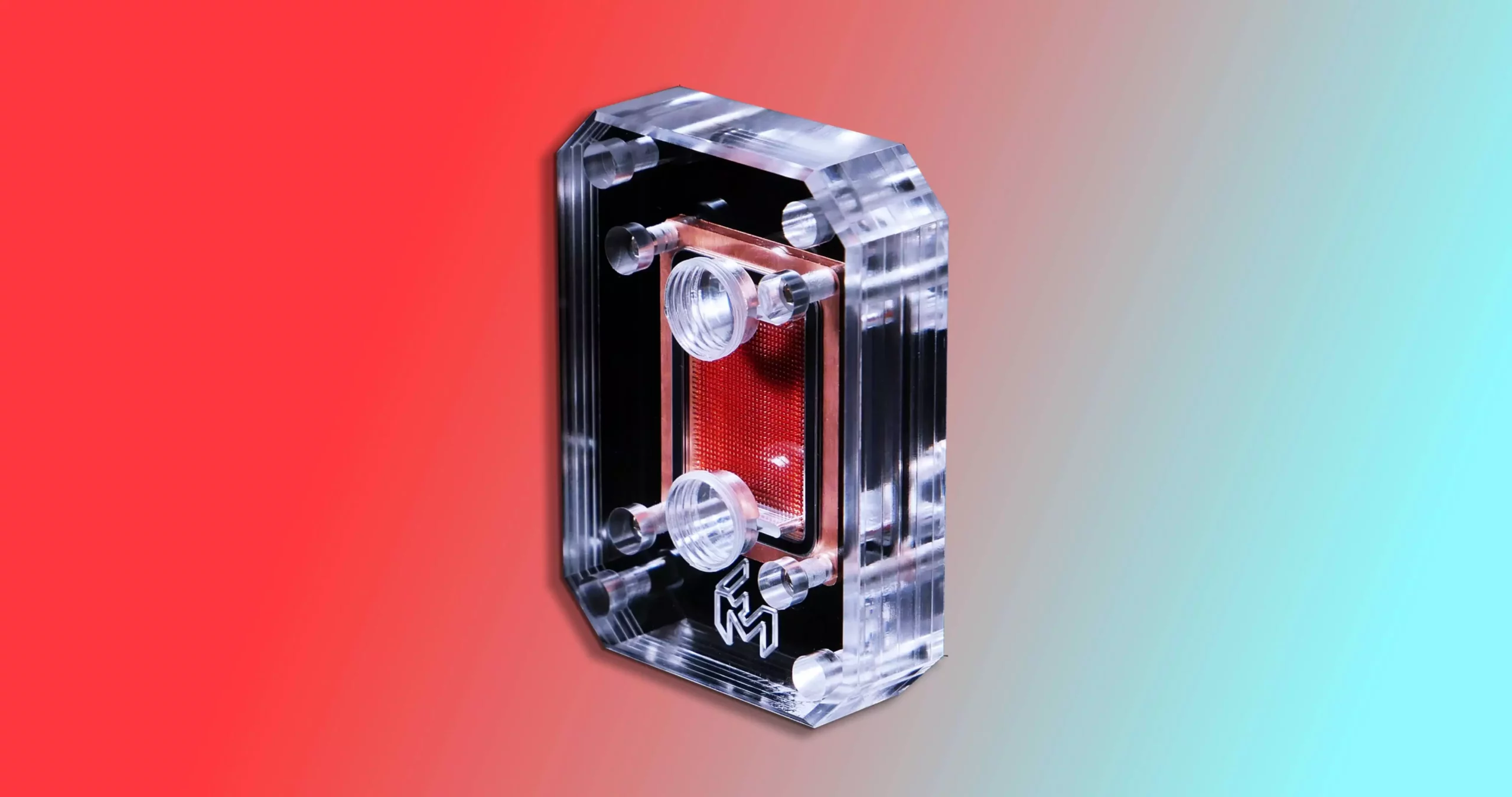The fundamental principles of thermodynamics underscore the world of electronics cooling, where the relationship between heat generation and dissipation is crucial. As we pack more transistors into smaller spaces—driving performance to exhilarating heights—we also encounter the inevitability of heat buildup. This conundrum necessitates innovative cooling solutions, and the latest breakthrough from EmCool may just be the game-changer the industry has been waiting for.
EmCool emerged from the hallowed halls of Georgia Tech, birthed from a patent that champions a novel cooling mechanism using microfluidic channels. This invention promises to address one of the most persistent problems in computing: effectively cooling high-performance chips while maintaining optimum performance levels.
Microfluidic Channels: The Science Behind the Innovation
At the heart of EmCool’s technology is the application of microfluidic channels integrated into a specially designed waterblock. Rather than embedding pins directly into the chip itself—which initially appeared to be the premise of the technology—the design utilizes “micro-pin fins” strategically positioned within the waterblock. These fins substantially increase the surface area available for thermal dispersion.
The innovative structure works similarly to a traditional heatpipe that has been flattened, allowing a liquid coolant to flow through and efficiently extract heat from the micro-pin fins. This ingenious approach combines well-established cooling principles with cutting-edge technology, resulting in a system that excels at drawing heat away from the most intense hotspots in a CPU.
Challenges and Real-World Applications
While the theoretical benefits are compelling, the real-world application of this technology introduces certain challenges. Notably, achieving “direct-die contact” with the CPU—a process that ultimately requires delidding—can be daunting for many users. The notion of opening up a CPU to improve cooling could evoke anxiety among PC builders, particularly those who might shy away from complex modifications.
Additionally, the demand for liquid metal to achieve optimal thermal transfer further complicates the usability of this product. Still, these complications don’t overshadow the performance enhancements that users can experience. EmCool’s claims are backed by benchmark tests, where users saw a dramatic drop in temperatures with their novel waterblock setup. In one reported experiment, an Intel Core i9 14900K ran at a blistering 100°C without the waterblock, clocking in throttling speeds of 5.7 GHz. With EmCool’s solution, the temperature plummeted to 74°C, allowing the CPU to operate at a peak speed of 6.2 GHz—an impressive feat demonstrating the potential of this technology.
Cooling Solutions for a New Era
EmCool is revolutionizing the way we think about cooling in the realm of electronics by introducing a solution that effectively combines old principles with new techniques. By increasing the cooling surface area, the company taps into a fundamental concept of thermodynamics while also pushing boundaries with microfluidic innovation.
This new approach not only addresses the limits of traditional cooling systems but also provides an enticing glimpse into the future of consumer electronics. Imagine a world where temperatures are kept at optimal levels without the continuous cycle of potential throttling due to heat, enabling sustained performance even during high-demand tasks such as gaming or professional video editing.
The implications of this technology could extend beyond personal computing and gaming; it has the potential to enrich fields like AI, machine learning, and high-performance computing where efficiency is paramount. Should EmCool navigate the complexities of user adoption and demonstrate consistent reliability in diverse environments, they could very well usher in a new standard for thermal management across the electronics sector.
EmCool’s innovation encapsulates not just an enhancement in cooling technology but also a transformative mindset, steering the industry toward unprecedented efficiency and performance. As the demand for powerful computing solutions continues to rise, groundbreaking innovations like this will play a pivotal role in shaping the next generation of electronic devices, marrying high performance with sustainability in an ever-competitive landscape.

